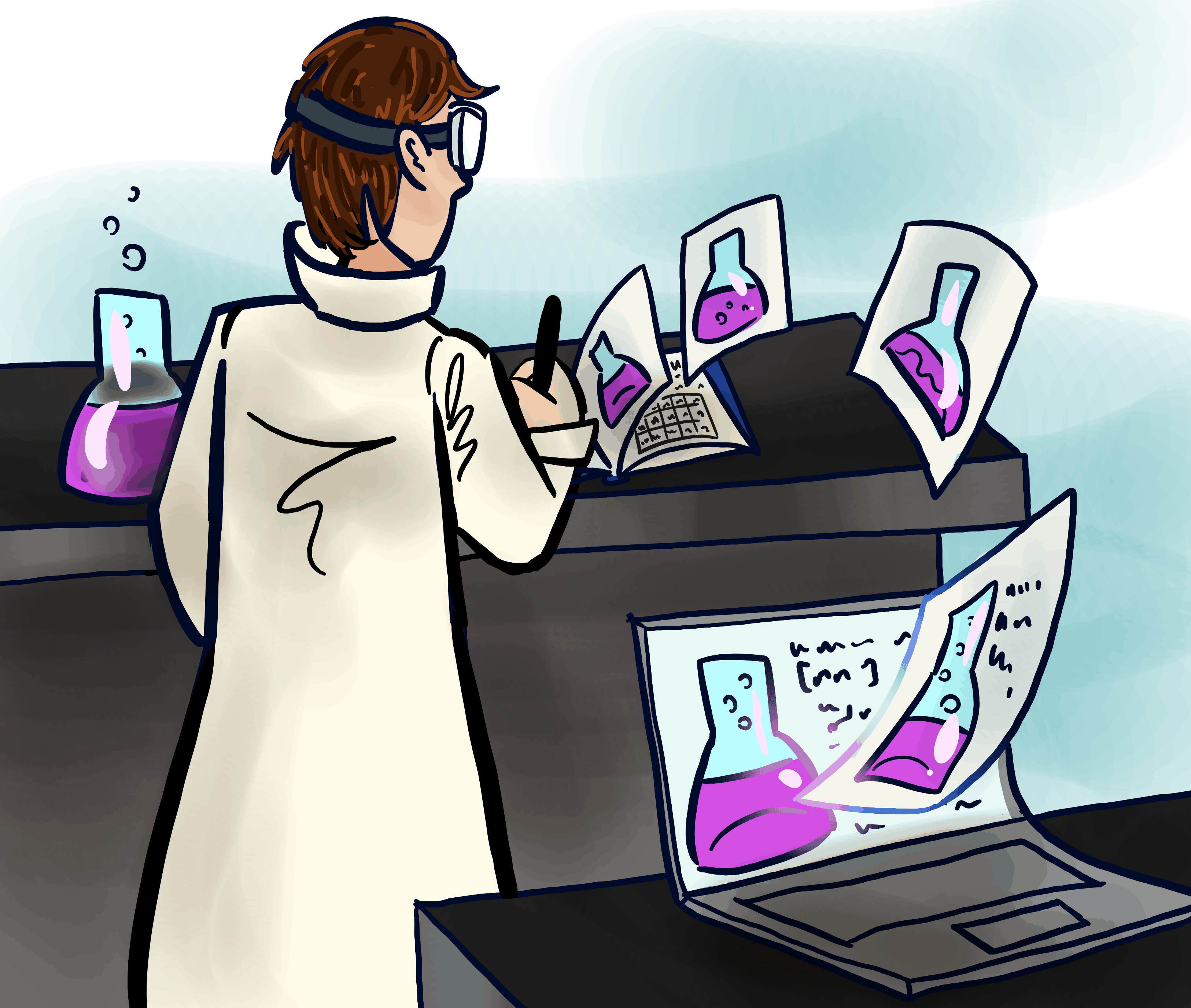The Structural Genomics Consortium (SGC) launched the Extreme Open Science Unit (EOSU) in January to encourage scientific collaboration. The initiative aims to make research transparent by fostering communication through sharing research data and notes online. Since its inception, the database has featured scientists from across the globe.
Dr. Matthieu Schapira, head of the Research Informatics group at the SGC, founder of EOSU and U of T associate professor in the Department of Pharmacology and Toxicology, was inspired by Dr. Rachel Harding’s blog, LabScribbles. Harding, a postdoctoral fellow at the SGC, has been uploading notes to LabScribbles for the past two years, continuously updating fellow scientists on her work in determining the structure of huntingtin, a protein linked to Huntington’s disease.
Currently, 12 scientists have contributed to EOSU, and soon an additional eight will be joining.
“I think it fosters collaborations; you avoid redundancy of experiments that somebody else has probably already tried and I think it just kind of brings the science community together, which is great,” said Mandeep Mann, a master’s student in the Department of Pharmacology and Toxicology.
One of the consequences of research is the amount of time it takes for a study to be accepted, peer-reviewed, and published. Professor Aled Edwards, Director of the SGC, wrote that “the average time between experiment and publication… is one to two years. That’s 67 per cent of the average lifespan of an ALS patient.”
The quick turnaround owed to open access could lead to an increase in research output and accessibility.
bioRxiv, a resource available to scientists for feedback prior to journal submission, has seen an increase in the number of manuscripts uploaded to its database. Recently, bioRxiv published a study by Stanford University researchers, which found that the genome editing tool CRISPR-Cas9 could be ineffective in humans. While the research has yet to be peer-reviewed, it allows fellow scientists from around the world to also investigate the caveats of gene editing technology in light of these results.
Unlike literature published in journals, the quick processing and lack of the traditional peer-review process prior to publication may raise certain concerns over the quality of research and findings that are made available.
Harding, however, clarified that “this isn’t validated peer review data, this is an open notebook… [and it] should be read with a different hat on.”
In 2016, Dr. Dan Longo and Dr. Jeffrey Drazen raised concerns around ‘research parasites’ in an editorial in The New England Journal of Medicine.
“Obviously there’s reservations of ‘will someone see this and use this in their experiments and publish something and not credit me with that,’” said Mann. “I think that’s a risk, definitely, but it’s kind of… an experiment on its own.”
Schapira hopes that the risks associated with an ‘open notebook’ paradigm will be small because published data is still in early experimental stages. Both he and Harding see the open publishing concept as an opportunity to connect with experts in the field. Obtaining direct insight and varied opinions from a larger group of people will progress research and potential medical treatments.
“You can create these… miniature ecosystems — where you’re working with other people in the field and you can share data or resources at earlier stages, then you can move the science forward way more quickly,” said Harding.
Despite the benefits of open science and collaboration, some scientists remain wary about the movement. Schapira believes the feeling is warranted, given that it is not the normal modus operandi in the biomedical field.
“If we keep an open mind and a little bit of critical thinking, it can actually help us realize that, really, [open science] comes with real opportunities in terms of extending our network, connecting with peers, generating new collaborations, and progressing faster,” said Schapira.


